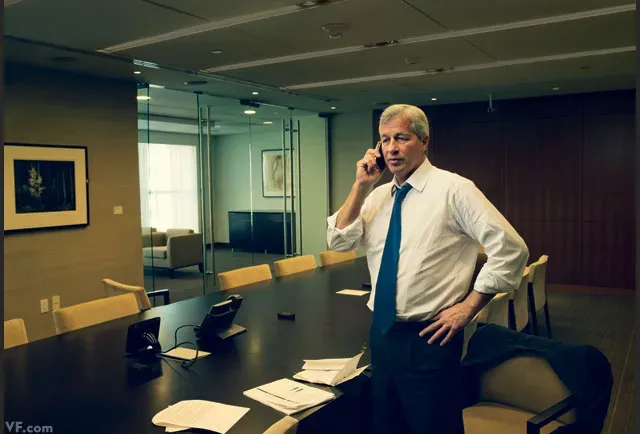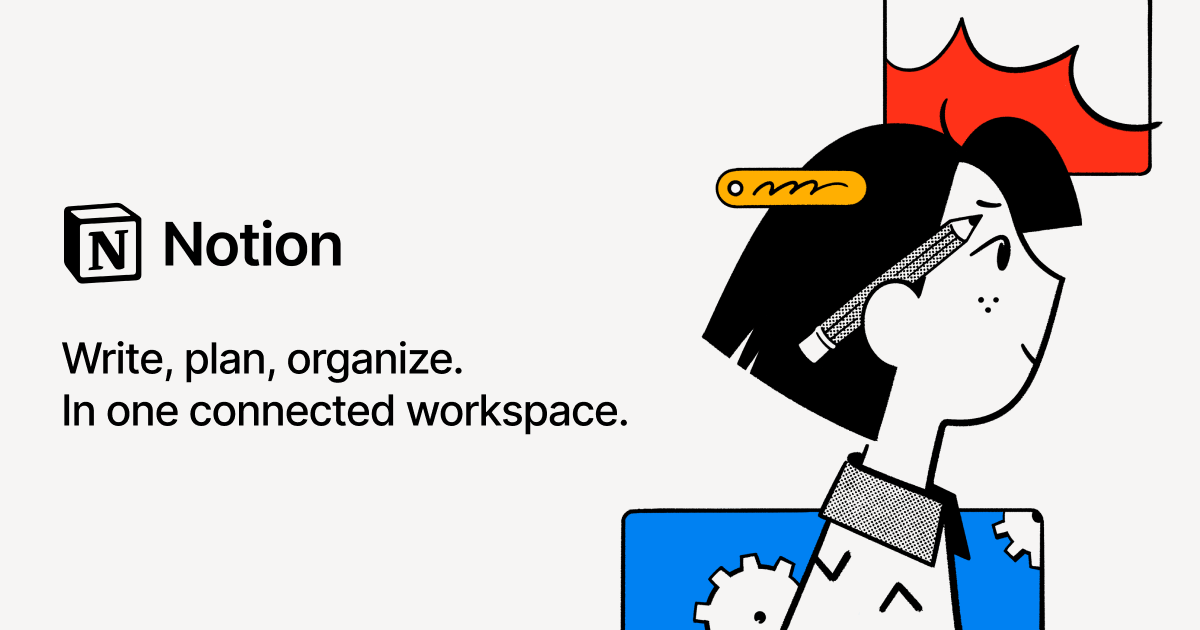Leadership | Jamie Dimon: Resilient Leadership
Leadership Alchemy: A deep dive into Jamie Dimon’s powerful comeback—how he turned exile after Citigroup into evolution, rebuilt Bank One brick by brick, and led JPMorgan through crisis. A story of humility, conviction, and leadership alchemy.

Special Series: Obsidian Odyssey | Leadership Alchemy
Hi All,
Over the past several years, I’ve been reflecting on leaders who didn’t just build empires — they rebuilt themselves. The ones who lost everything they thought defined them, then returned not with bitterness, but with deeper intelligence. These are the leaders who remind me that power isn’t proven through position — it’s revealed in how one navigates exile.
Jamie Dimon’s story has always fascinated me for that reason. In a world that prizes dominance, his resilience came from humility. His greatest transformation began not in the boardroom, but in the silence that followed rejection.
The Fall
In November 1998, Jamie Dimon was abruptly fired from Citigroup by his longtime mentor, Sandy Weill. For sixteen years, they had built one of Wall Street’s most formidable empires — a partnership built on ambition and loyalty. And then, without warning, it ended. One conversation, one weekend retreat, and Dimon was out. Rumors swirled — some said it was a clash over power, others that he had resisted promoting Weill’s daughter — but regardless, the result was the same: Dimon was exiled.
The financial world watched as he fell from grace. He lost not only his title but the identity that had shaped his professional life. He later admitted that the pain was raw, almost physical — the kind that forces you to question who you are without your platform. But instead of rushing to reclaim status, he went quiet.
For nearly sixteen months, Dimon stayed out of the spotlight. During that time, he declined to rush into another high-profile role at Amazon and Home Depot. Instead, he studied, traveled, talked to CEOs, read biographies, boxed — all to rebuild his internal resolve. He used that time to confront his blind spots — to understand how ego, attachment, and loyalty had intertwined. It wasn’t a sabbatical; it was an audit of self.
One year after being fired, he invited Weill to lunch — not for vindication, but closure. Dimon later said he wanted to acknowledge his part in what had happened and move on.
The Turn
The turning point came in March 2000, when Dimon accepted the role of CEO at Bank One, a struggling regional bank in Chicago. On his first day, he invested $60 million of his own money — nearly half his net worth — into the company’s stock. It was a defining act of conviction. He wasn’t there to manage appearances; he was there to rebuild, brick by brick.
Bank One was in disarray — bloated costs, technological sprawl, and an underperforming credit card subsidiary. Dimon’s approach was surgical: he listened before cutting, mapped the organization from the ground up, and tackled its weakest links head-on. He overhauled risk culture, consolidated IT systems, and restructured operations with an emphasis on discipline and clarity.
He met employees at every level — not to perform empathy, but to understand the system he was about to reengineer. In his first year, he executed a $1.9 billion restructuring, replacing senior management where needed and re-centering the company around accountability.
By 2004, the transformation was undeniable. Bank One had stabilized, trust had returned, and so had performance. When J.P. Morgan Chase announced a $58 billion merger with Bank One, Dimon was named the heir apparent. Two years later, he became CEO — and by 2008, as the global financial system cracked, he led J.P. Morgan through the storm with composure that set him apart.
The Comeback: Brick by Brick
Here’s how he reconstructed his path — piece by piece:
- Listen & Diagnose
He conducted a listening tour — from branches to call centers to back offices — diagnosing where dysfunction, overlap, and cost bleeding existed. - Lead by Equity
His personal investment aligned incentives: when the bank wins, he wins. That eliminated distance between leadership and execution. - Cut Complexity & Streamline
He embarked on a major restructuring: pruning overlapping branches, consolidating IT platforms, tightening credit underwriting, and removing redundant overhead. - Fix the Weakest Link (First USA)
Bank One’s credit card arm, First USA, was underperforming and dragging results. He replaced leadership, re-priced, and improved risk discipline there to cleanse the center of underperformance. - Rebuild Risk Culture
Dimon reintroduced balance-sheet discipline, stricter capital rules, stress scenario thinking — a cautious, measured approach that would later become his signature. - Communicate Plainly & Internally
He held transparent, frequent updates with employees and investors. No spin. He tracked and shared metrics that mattered: credit costs, efficiency ratios, tech fixes — rebuilding trust through consistency. - Create Optionality & Strategic Positioning
By early 2004, Bank One’s turnaround momentum was clear. That gave Dimon leverage. On January 14, 2004, JPMorgan Chase announced a $58 billion merger with Bank One. The deal structure gave Bank One shareholders ~42% of the new entity and positioned Dimon to take leadership. - Convert Momentum into Authority
After the merger, on July 1, 2004, Dimon became President & COO of the combined firm. Then by the end of 2005, he was officially CEO, and in late 2006, also Chairman. - Sustain Through Crisis
His disciplined culture, cautious capital stance, and consistency paid off during the 2008 financial crisis. JPMorgan weathered storms others did not — partly because Dimon had rebuilt the firm from the inside out, not rushed into expansion.
Leadership Code
- Exile is education. Dimon used solitude not to retreat, but to refine his perspective. His time in the quiet became his greatest teacher.
- Conviction is credibility. He invested his own wealth before asking others to believe — proving that commitment is the most persuasive form of leadership.
- Fix the system, not the optics. He didn’t chase headlines; he built infrastructure — from risk controls to technology — that would later define J.P. Morgan’s resilience.
- Calm is command. In crises, he leads with steadiness. His composure gives others permission to trust.
What I Love About His Leadership Style
What I love about Jamie Dimon is his clarity. He doesn’t hide behind jargon or performance; he speaks directly, acts decisively, and builds trust through consistency. There’s a rare honesty in his leadership — a refusal to pretend that strength means invulnerability. He leads from the middle ground: pragmatic, self-aware, unpretentious.
He reminds me that the most powerful leaders are the ones who’ve already lost everything once — because they lead not from fear of failure, but from intimacy with it.
Closing Reflection
Dimon’s story is a lesson in leadership alchemy — the art of turning rejection into refinement. Sometimes exile is not the end of your career; it’s the invitation to rebuild your foundation.
Have you ever experienced a season of silence — a time when losing something forced you to lead yourself differently?
How did that experience change the way you define strength or success? I’d love to hear your reflections.
Other Resources and References
- How Leaders Lead — This is one of my favorite interviews with Jamie Dimon thus far by his old friend. The story Dimon shares is intimate and real.
- Fortune — “When Jamie Dimon was fired from Citigroup, his daughters asked: ‘Will we be homeless? Can I still go to college? Can I have your phone?’” (July 17 2025) – This piece recounts Dimon’s 1998 firing, his daughters’ reactions, and how buying $60 million in Bank One stock signaled his commitment to the turnaround.
- Fox Business — “How JPMorgan’s Jamie Dimon went from being fired to becoming a top leader in banking” (April 26 2020) – An accessible profile that traces his departure from Citigroup, his year‑long hiatus, and his eventual move to Bank One.
- Knowledge@Wharton — “J.P. Morgan Chase–Bank One Merger: Winner or Loser?” (February 11 2004) – Provides context on the $59 billion merger, including commentary on Dimon’s return to Wall Street and his turnaround of Bank One.
- TIME — “Jamie Dimon: JPMorgan Chase” (December 17 2004) – Summarizes his achievements at Bank One, the merger with JPMorgan Chase, and his ascent to CEO.
- JPMorgan Chase — Official biography of Jamie Dimon – The bank’s leadership page outlines his career from Bank One to chairman and CEO of JPMorgan Chase.
- Wikipedia — “Jamie Dimon” – A comprehensive biography covering his early career, his firing from Citigroup, and his leadership of Bank One and JPMorgan Chase.
- Acquired Podcast — “The Jamie Dimon Interview: The Complete History and Strategy” (July 16 2025) – A long‑form conversation and transcript that explores his firing, the Bank One turnaround, and his strategic philosophy.
Note) 'References and Resources' was put together by AI and reviewed a human.
Liked the post? Then, you might like this book as well. Highly recommend it.

Bonus
Bookmark this. If you are also like me who likes to be inspired by watching leaders' interviews and stories, please check out my hand curated interview list. It's available as a Notion notebook. Worth a Read/Watch/Listen - Leadership

Who are the leaders who inspire your definition of character and success? I’d love to hear your thoughts.

![Obsidian Memo]🍁 Returning to the Table: Notes on Thanksgiving, Distance, and Beauty of Gentle Caring Presence](/content/images/size/w720/2025/12/KakaoTalk_20251128_034620737-2.jpg)
![Finance | Leadership] How I Built a Global Career in Finance: A prelude to the upcoming series: Breaking Into Finance](https://images.unsplash.com/photo-1676471049029-f93852da351d?crop=entropy&cs=tinysrgb&fit=max&fm=jpg&ixid=M3wxMTc3M3wwfDF8c2VhcmNofDl8fG1vdW50YWluJTIwZXZlcmVzdHxlbnwwfHx8fDE3NjQwNTgyMjB8MA&ixlib=rb-4.1.0&q=80&w=720)
![Obsidian Memo | Culture Shocks] From Seoul to Toronto to New York to London: A Life in Translation](/content/images/size/w720/2025/10/Emily-in-Paris.jpg)